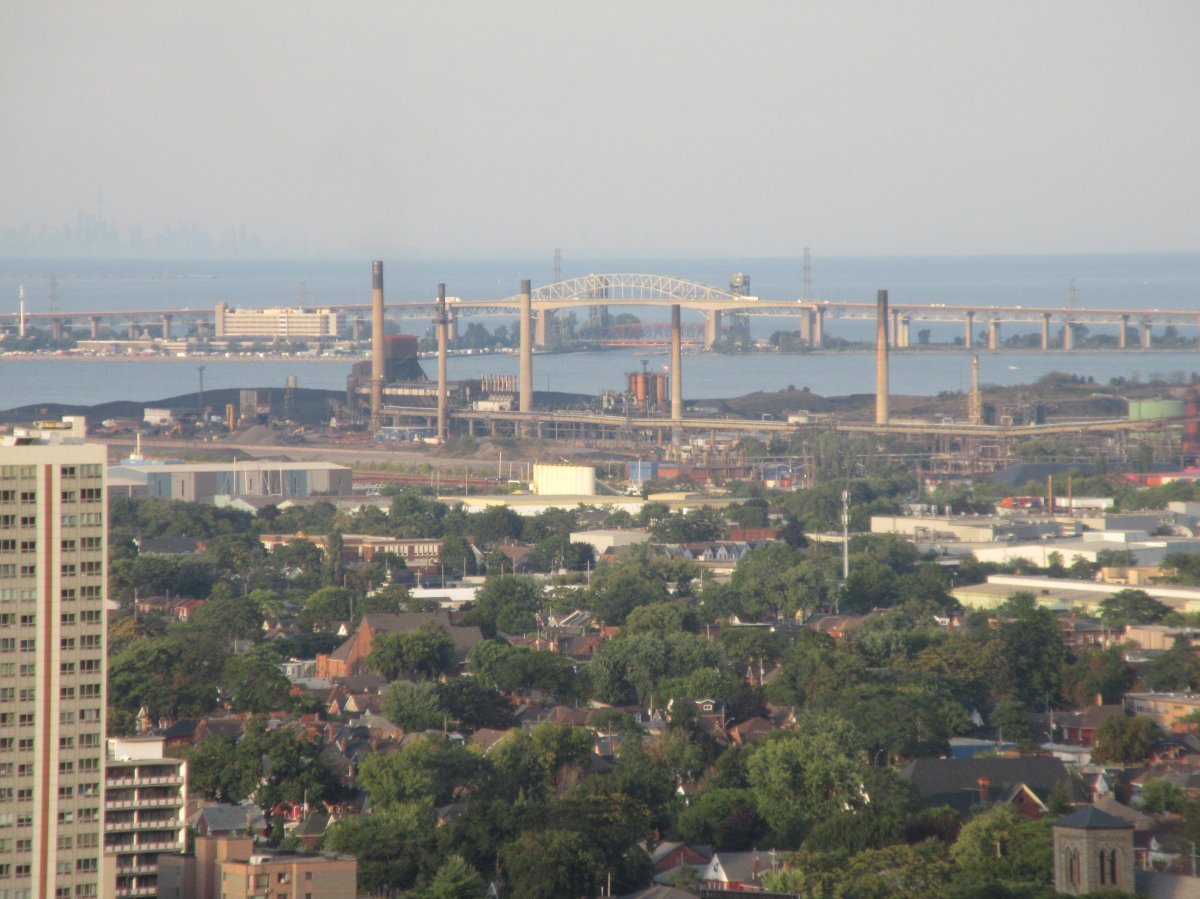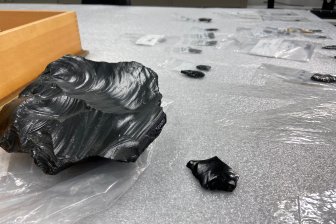A Toronto-based research group hopes to get to the bottom of an “eggy, sulfurous” smell residents in Hamilton’s lower city often complain about.

Matthew Adams, the director of the centre for Urban Environments at the University of Toronto, says the air quality study hopes to understand nuisance chemical hydrogen sulfide (H2S) and establish a baseline of what concentrations are floating across the city’s north-end.
“We’re kind of working within a couple of kilometers of the industrial core, but, if we do see those concentrations building wider and wider … we will be opening it up to more parts of the city,” Adams explained.
Health Canada says eye and throat irritation are effects the gas can have on humans if concentrations are high enough.
Adams believes sources in Hamilton could be sewers, landfills and industrial processes, but that’s an element of the research yet to be determined.
Last year several residents reached out to local politicians over concerns hydrogen sulphide was terminating from a landfill in Stoney Creek.
It was followed up by a statement from the city’s medical officer Dr. Elizabeth Richardson who insisted there were “no public health hazards” connected with hydrogen sulphide detected around the GFL facility on Green Mountain Road.
However, staff conceded in a report that odours from the gas can “cause stress” and affect one’s “quality of life.”
In October, Richardson revealed public health was exploring options to provide independent, third-party air monitoring.
- Gardeners need to watch out for these 2 worms in Ontario. Here’s why
- Satellite built by N.B. students not responding a week after entering Earth’s orbit
- Stuck in B.C. lagoon for weeks, killer whale calf is finally free
- T. Rex an intelligent tool-user and culture-builder? Not so fast, says new U of A research
Getting a sense of how much ‘rotten egg’ smell makes its way indoors through air conditioners and heating will be a key part of the U of T’s research, expected to run year-round.
Participants in the program will have monitoring stations set up inside and outside of their homes.
The devices will passively absorb the chemical into it.
“So there’s no electricity, there’s no buzzing fans, there’s no noise. It just sits there quietly,” said Adams.
“It’s about the size of a cup of coffee and it just sits on a ledge. Then we come and pick it up a couple weeks later and bring it to our laboratory to analyze.”
Researchers hope to get about two dozen homes on board sampling from several different structures, like homes, apartments and detached dwellings.
The group has activated a form email page for those seeking to participate or receive more information about the study.
Adams says some 30 people who’ve been enduring constant odours emailed the first day the site was up with many showing concerns over potential health effects.
“I hope this can inform and give us a sense of what are the risks at what concentrations,” Adams said.
“Maybe we can use that to encourage industries to reduce emissions in these areas as well.”
The results of the study will be posted online once completed.





Comments